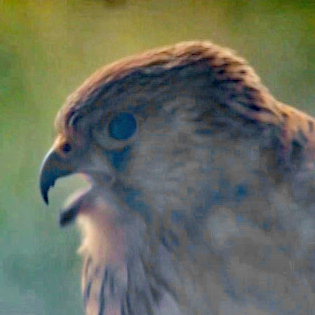These 'One Garden's Wildlife' pages illustrate the great variety of wildlife that can be seen in a single garden if you do the right things. All of the species shown here have been seen in or near Michèle Bailey's garden in Drôme Provençale and (except where otherwise stated), the images were taken there. Although close to the main transport axes of the Rhône valley, the garden lies in a secluded area of small scale mixed agriculture where there are few houses and (farming apart) little human activity. It is about 3,500 sq.m. in size, half of which is an orchard where the vegetation between the trees is allowed to grow wild and only mowed once a year in December.
One Garden's Wildlife: Birds
NOT JUST TRAINS AND TRUCKS...
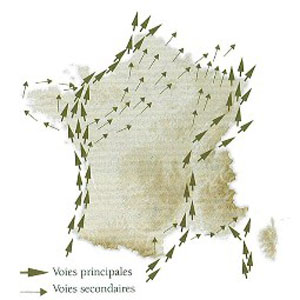
Mediterranean France sees a huge annual influx of summer visitors who arrive and depart using the autoroutes and the TGV.
But it's not only humans that use these transport axes. Languedoc and the Rhône Valley (Provence, to a lesser extent) constitute one of the most important flyways for birds migrating to and from Africa and the rest of Europe. Mediterranean France is also a major overwintering area for birds escaping from colder conditions further North.
As a result, the combination of birds resident in the area all year round, migrants spending either summer or winter here and those just passing through in spring and autumn makes for a rich variety of different species. Many of these can be seen in gardens or in the surrounding area (or flying overhead).
A CLOSE ENCOUNTER
Early one April morning, we were woken up by a horrendous screeching noise very close to the house. The source was a pair of kestrels doing what comes naturally on the sill of a small window that lets light into our stairwell. This rough-and ready video shows their post-coital conversation, which the male (on the left) doesn't seem to enjoy much as he soon flies off, leaving the female to carry on complaining.
They went on like this for days.
Over a period of eight years, we have seen or heard over seventy different species of bird in the garden, the immediately surrounding fields or flying overhead. Below you will find two slide shows of some of the ones we have managed to photograph.
Residents
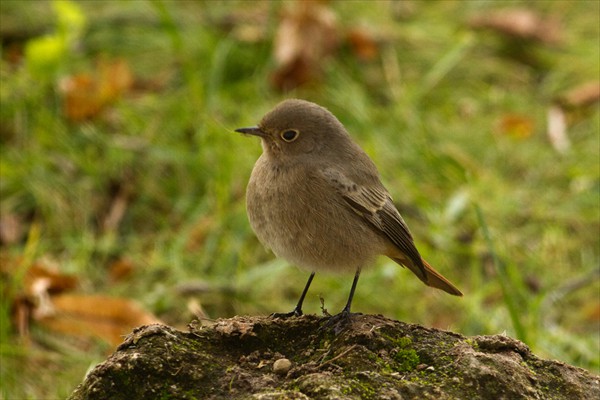
 Palais Royal, Paris
Palais Royal, Paris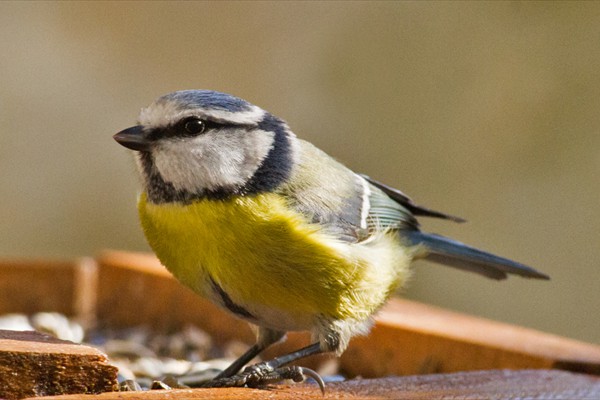
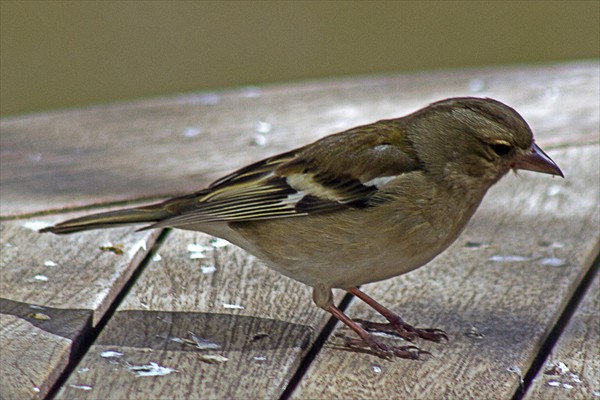
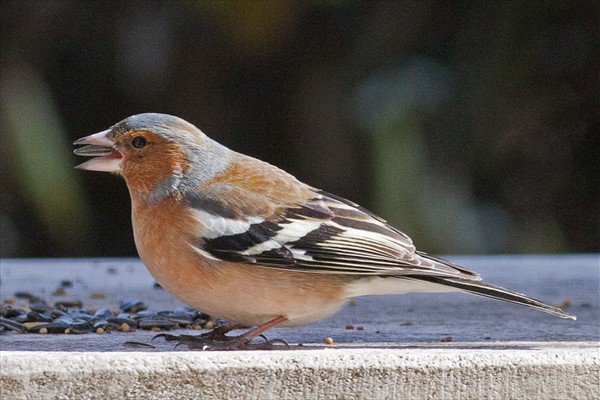 In winter, chaffinch numbers are greatly increased by birds from the north.
In winter, chaffinch numbers are greatly increased by birds from the north.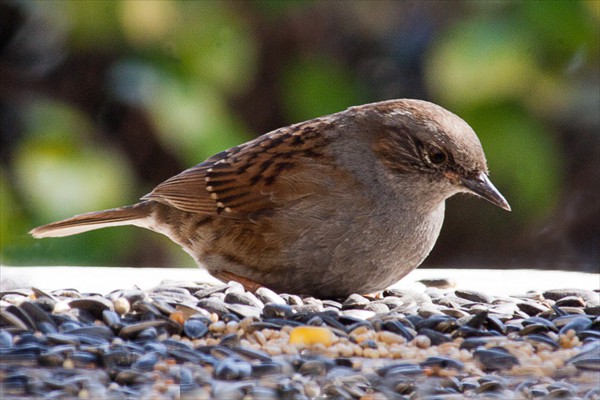

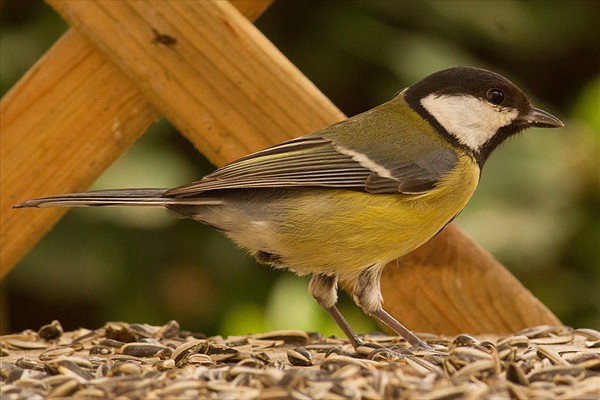
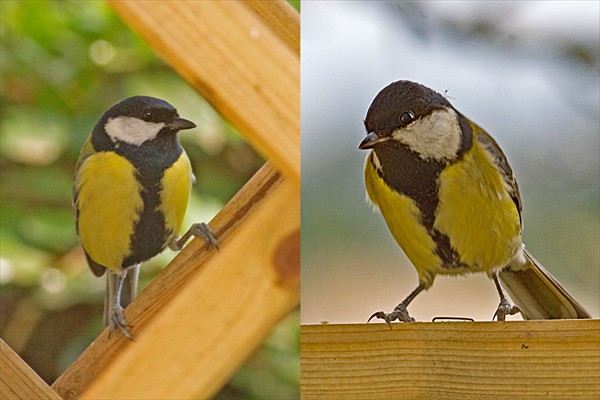 Female great tits have a narrower median band.
Female great tits have a narrower median band. 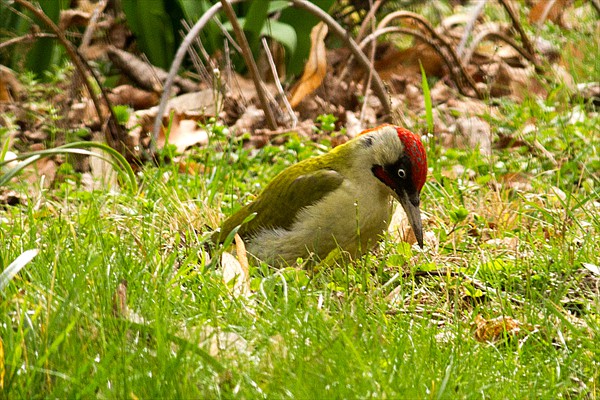 Looking for ants...
Looking for ants...
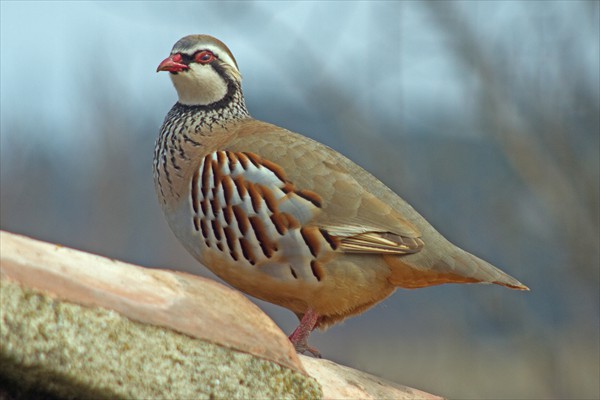 Mostly released by hunters each season. Can be seen in family groups and will wander into gardens if they find a way.
Mostly released by hunters each season. Can be seen in family groups and will wander into gardens if they find a way. 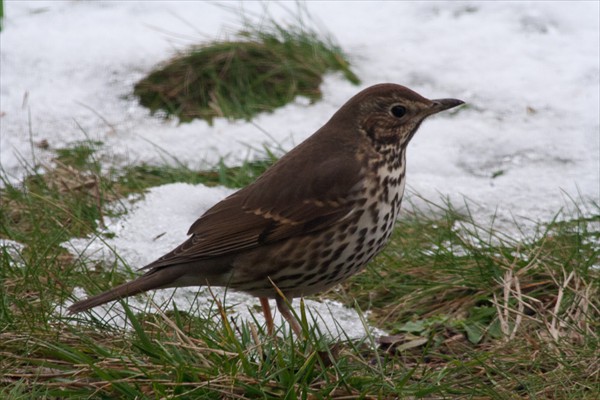
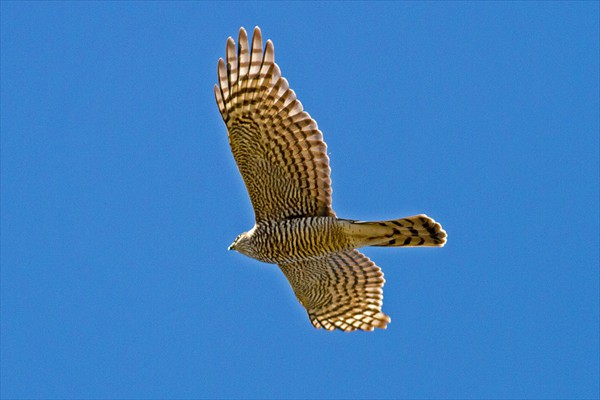 Flying at rooftop height. On one occasion, seeking prey around the bird feeder, a sparrowhawk crashed into our kitchen door. Fortunately, no damage was done to bird or door.
Flying at rooftop height. On one occasion, seeking prey around the bird feeder, a sparrowhawk crashed into our kitchen door. Fortunately, no damage was done to bird or door. 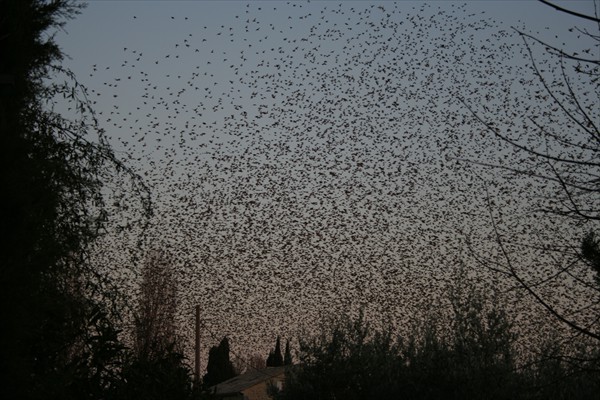 Starling flocks can number up to 100,000 birds. This flock landed in our garden for a few seconds before taking off again.
Starling flocks can number up to 100,000 birds. This flock landed in our garden for a few seconds before taking off again.
Summer & Winter Visitors
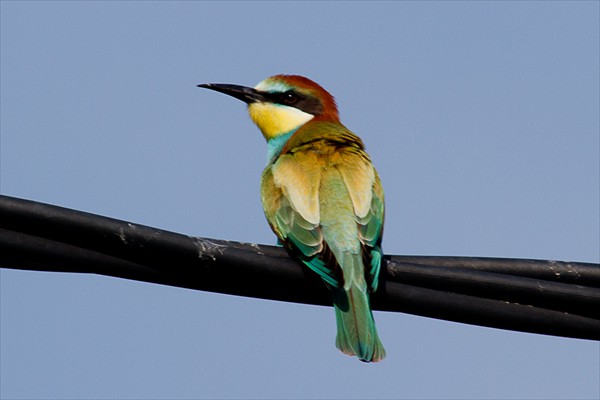
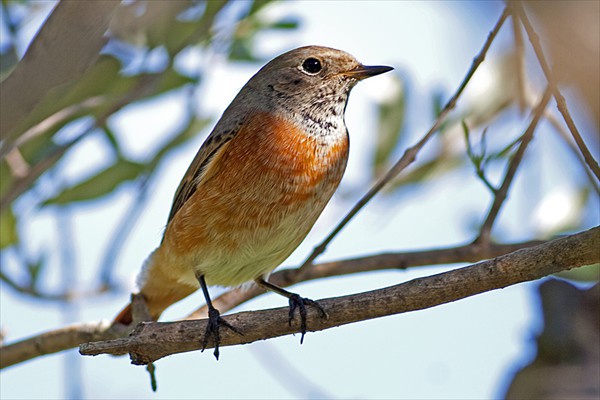
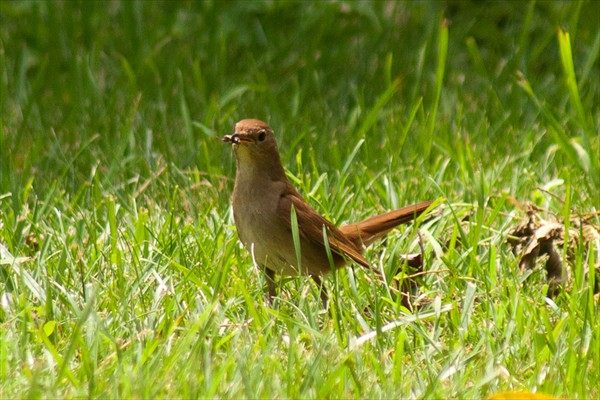
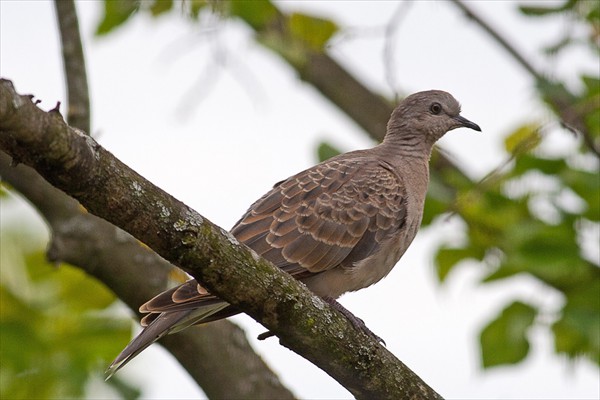
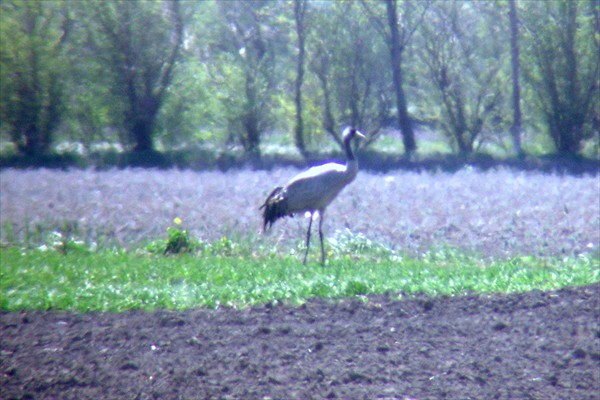 Having a rest in a nearby field before continuing North
Having a rest in a nearby field before continuing North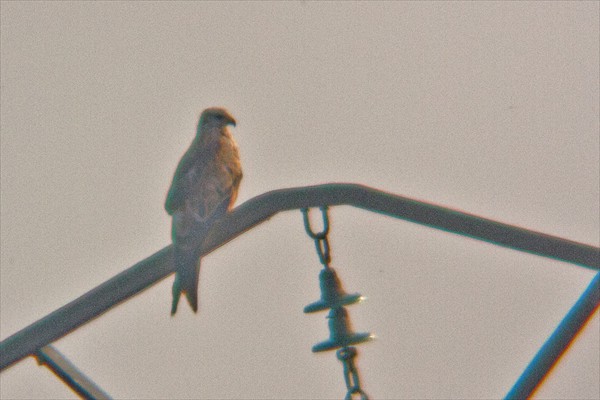 Rare sighting in the area of this bird of prey
Rare sighting in the area of this bird of prey Emerging from its nest under our roof
Emerging from its nest under our roof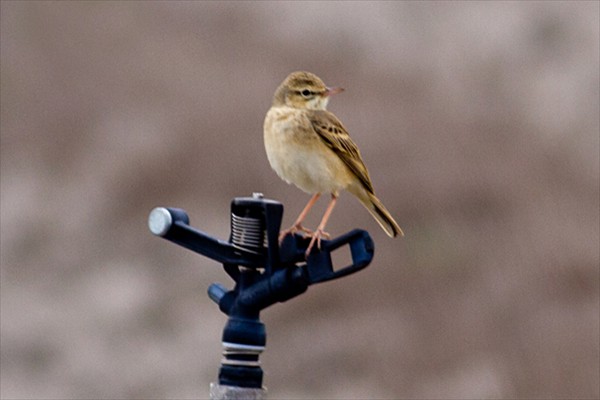 Spotted in a nearby field
Spotted in a nearby field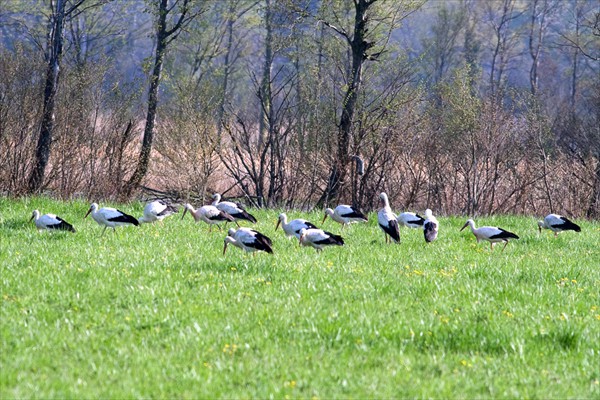 Pit stop in an adjacent field for a flock of white storks on their way North
Pit stop in an adjacent field for a flock of white storks on their way North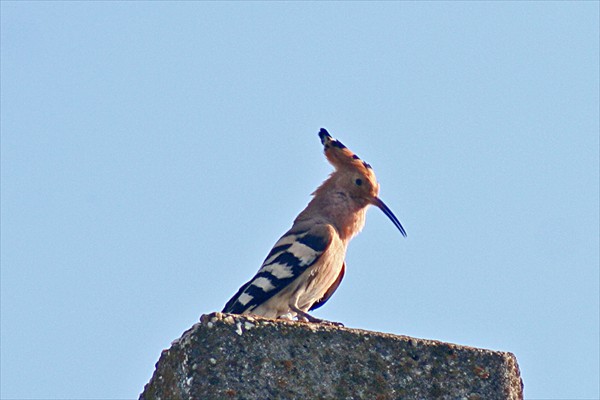
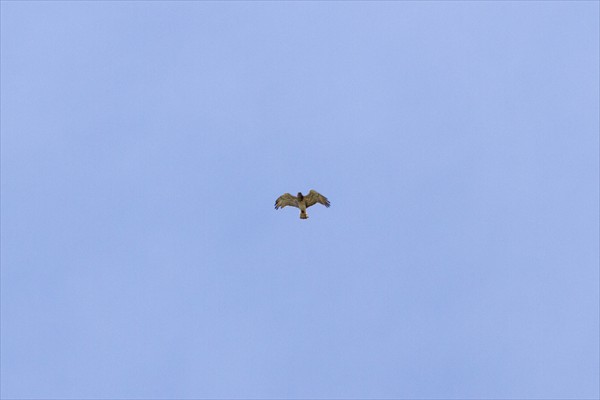 High over the house
High over the house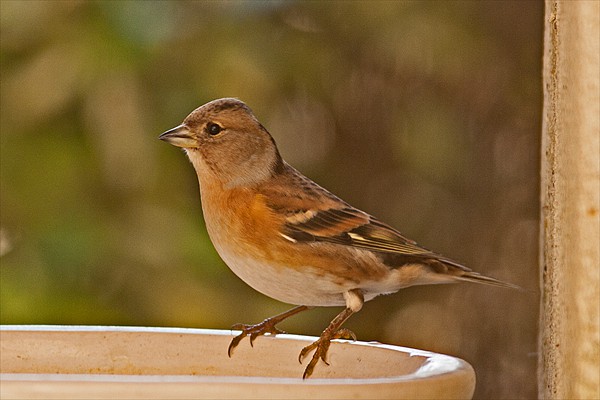 A Northern finch that overwinters in the Mediterranean area
A Northern finch that overwinters in the Mediterranean area The bib (orange rather than red) denotes a juvenile
The bib (orange rather than red) denotes a juvenile
Want to know more? THE guide to European birds is by Lars Svensson. Originally written in Swedish, it is available in a number of other languages; the English version is published by Collins. It is also available in a multilingual version as an iPhone app.
Text & Photos: Ian Davis
